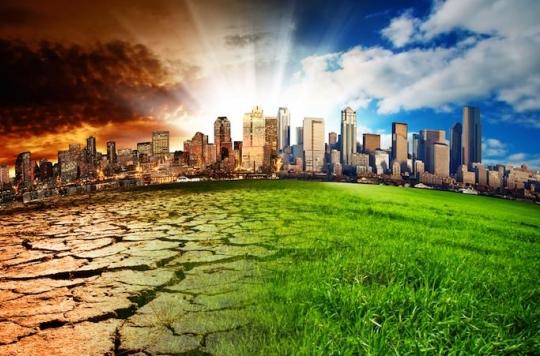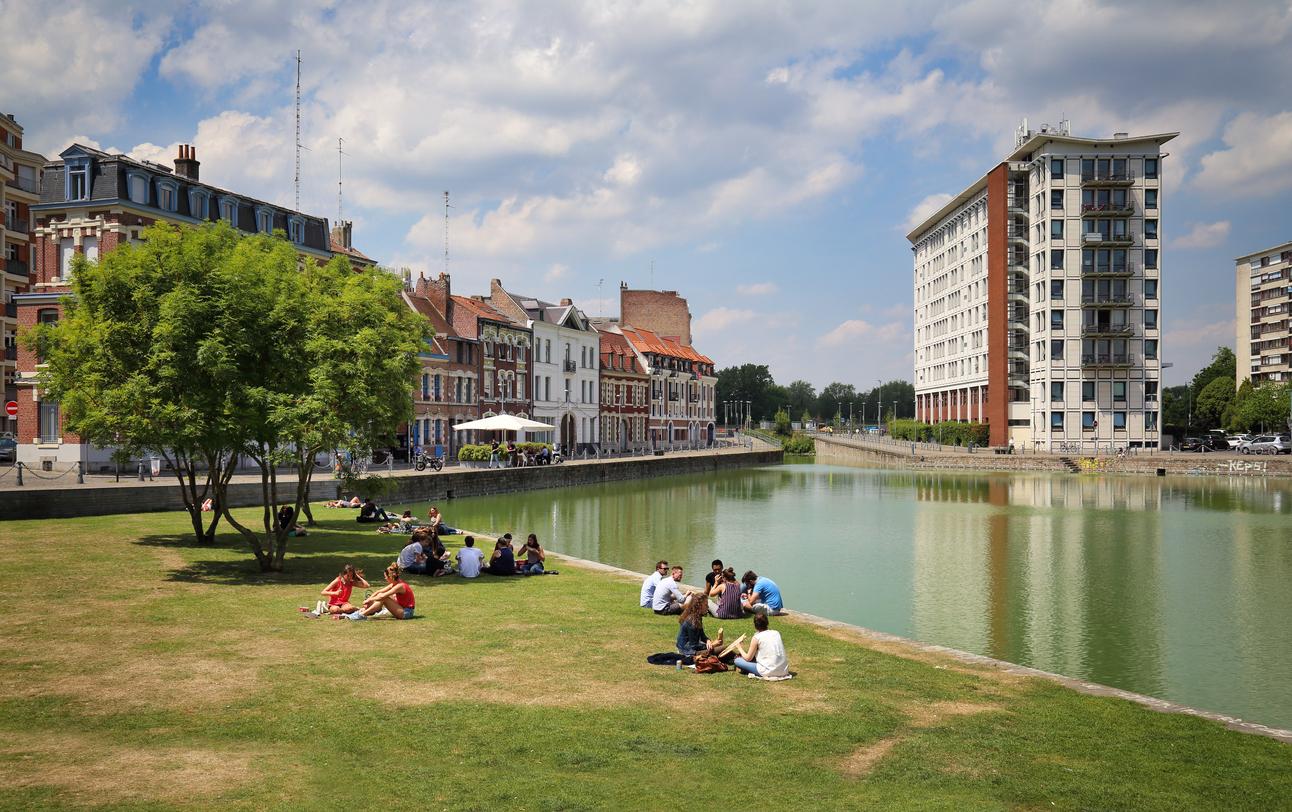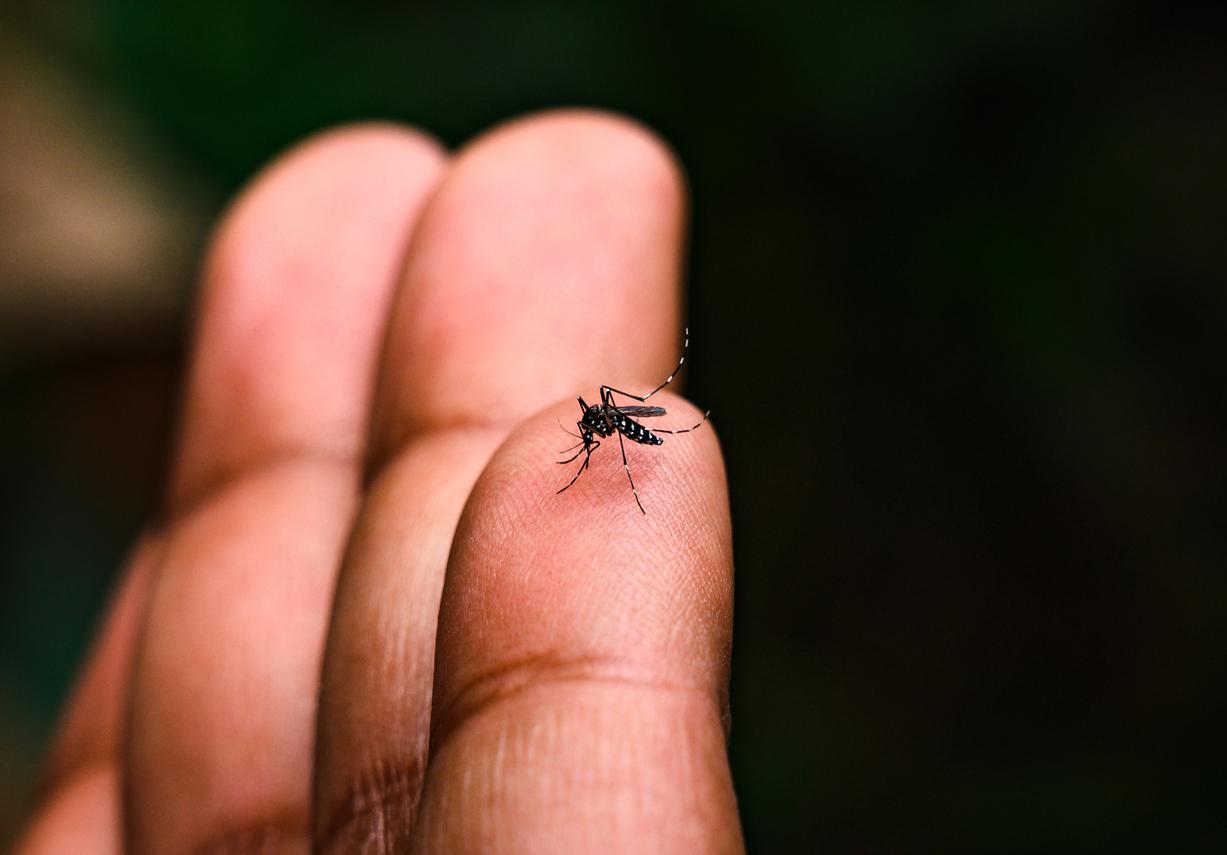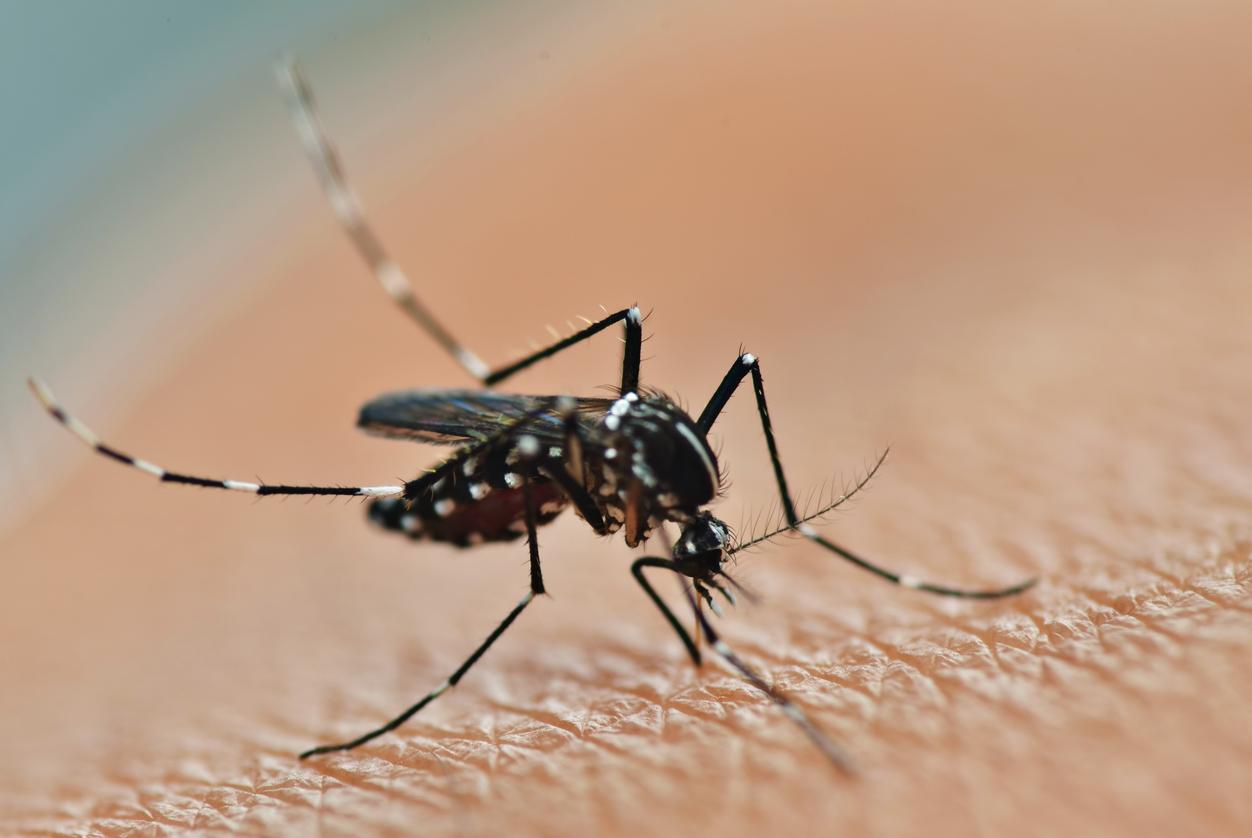MAINTENANCE – A study predicts an eight-degree rise in temperatures in cities by 2100. Fauna and flora may not survive there.

Eight degrees. That’s the rise in temperatures in densely populated cities by 2100, according to a study published in the journal Nature Climate Change. A particularly high increase linked to global warming, which exceeds all current forecasts. However, this is the scenario that emerges if no measures are taken to stem this phenomenon.
In terms of health, the forecasts do not bode well – although science is still in its tentative steps. The rise in temperatures is already inducing consequences that the literature has managed to assess, but those to come, the most pessimistic, remain uncertain. Review of the various health effects expected from global warming with Jean-François Guégan, specialist in the ecology of infectious and parasitic diseases at the IRD (Research Institute for Development).
Can humans survive such a rise in temperatures?
Jean-François Guégan: Eight more degrees is a particularly extreme scenario. Here we are in areas that cross the threshold of life capacities. Certain essential functions can no longer be performed, both for animals, plants and possibly for humans. These may be physiological functions of production and action of enzymes, for example, functions which make it possible to cut molecules into smaller molecules in order to be able to be assimilated for food by the intestine.
These vital human, animal and plant functions will be less effective, if not suppressed. Men could survive this, but if behind you no longer have any plants, or less nutritious plants… There can be a cascade of consequences which are both still poorly understood and above all very poorly understood.
However, the human being is a species which has been able to adapt to very many contexts, extremely cold and hot, which is not the case for most animal organisms. But if it can, it is through the use of technological processes. It will therefore be necessary to develop means of adaptation. International programs are thinking intensely about it: adapting mosquitoes, agriculture, agronomy… But there is a kind of fatalism in this adaptation. We are building a universe in which climate change would be inevitable, while we have the means to limit global warming and to thwart the release of CO2. It is in these means that we should invest more.
What about the infectious risks linked to the increase in temperatures?
Jean-François Guégan: Warmer climates favor the conditions for the development of vectors, host reservoirs and infectious agents. We will certainly have more mosquitoes, arthropods… For example, we observe many viruses and bacteria living in coastal maritime systems (beaches, estuaries, lagoons), which have been able to develop because the water temperature has increased. increased by 0.6 degrees over the past 20 years. There will be an increase in these marine bacteria and viruses, which will either infect mussels, oysters and other shellfish, or lodge in them and induce food infections in consumers (gastroenteritis, septicemia, etc.). This phenomenon is rather well verified.
That said, there will also be vectors, host reservoirs and infectious agents that could disappear, because they find less good conditions to develop. We don’t talk much about that. In fact, science is still struggling to determine what falls under global warming or other factors. The presence of tiger mosquitoes in Europe to date is linked to international trade and travel. Global warming could favor its proliferation, but it is difficult to determine to what extent we can attribute its presence to climatic conditions alone.
Full interview with Jean-François Guégan
We are also talking about an increase in exposure to pollen … What is the mechanism behind this?
Jean-François Guégan: There will be a modification of the flora in France and in Europe. To form an idea, the grape varieties found in Bordeaux can be grown on a latitude which is that of Lorraine and Alsace. Some plants will flower on their own and produce pollen to which exposed populations in these areas may be very sensitive.
We can thus imagine that plant species native to southern Europe may be more present in northern latitudes, while populations will never have been previously exposed to this type of pollen. This will cause asthma and allergies that we did not have before.
In fact, there can be many, many consequences, science is still being explored. We can in particular mention the development of chronic diseases, with events such as the heatwave of 2003 and the massive excess mortality observed in susceptible populations, induced by respiratory and cardiovascular ailments.
.















